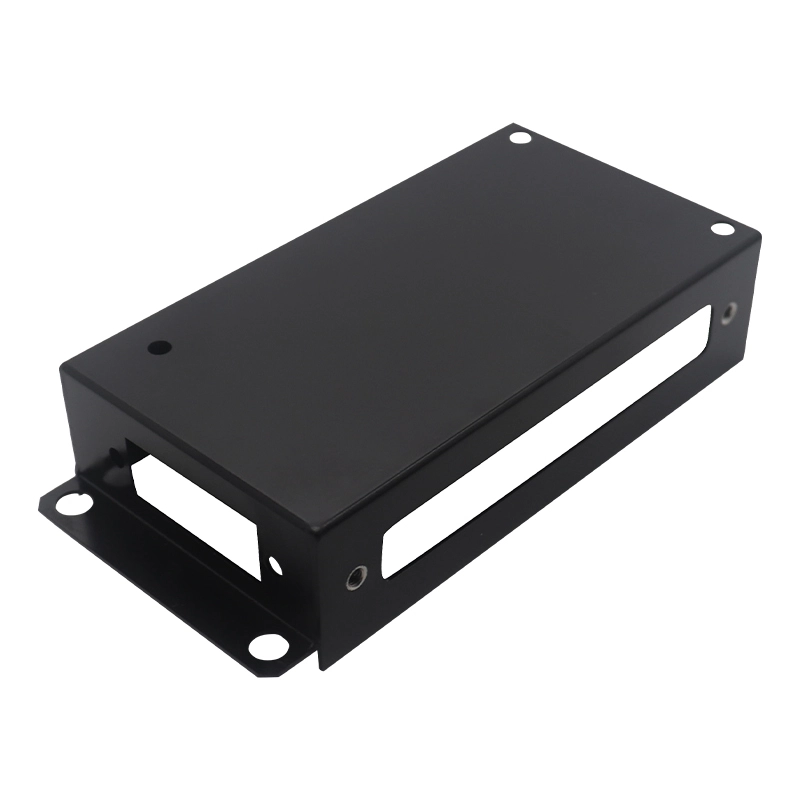Ruixing MFG - Custom CNC Machined Parts Manufacturer & Supplier For 20 Years
OEM Sheet metal bending parts
Sheet metal bending parts are available in a variety of shapes and sizes, depending on the specific application. They are commonly used in the fabrication of brackets, enclosures, and frames, as well as in the construction of machinery and equipment.
One of the key benefits of sheet metal bending is its ability to produce precise, clean bends with minimal distortion. This makes it an ideal process for creating complex shapes and assemblies with a high degree of accuracy and consistency.
Definition:
OEM Sheet metal bending parts are metal components that have undergone a bending process. Essentially, this process involves shaping sheets into different forms based on a specific design requirement, hence offering their unique shape and function.
Manufacturing Process
The manufacturing process involves several steps. Firstly, a design is created to specify the shape, size, and form desired. The design is then transferred to a metal sheet that is cut to the required size.
The sheet is then shaped using a CNC press brake, which applies force to the sheet, causing it to form bends and achieve the desired shape. Finally, the finished product undergoes inspection to ensure that it meets the desired specifications.
Materials
They are made from various materials such as aluminum, steel, copper, and brass. The material selected depends on the application and the specific design requirements.
For instance, aluminum is ideal for lightweight aerospace and automotive components, while steel is perfect for heavy-duty construction projects.
Application
OEM Sheet metal bending parts are used in various industries such as construction, aerospace, electronics, and automotive.
They are an essential component in building parts such as doors, windows, and roofs. In the electronics industry, they are utilized in the manufacture of computer chassis and server enclosures.
In the automotive sector, they form important components such as exhaust systems, fenders, and hoods.
Types
◎ Box Bends:
These are sheet metal components that are bent at a 90-degree angle, forming a box-like shape.
◎ Channel Bends:
These are sheet metal components that have U-shaped bends that form a channel.
◎ Curl Bends:
In these components, the sheet metal is rolled to form a curl or spiral shape.
◎ Hem Bends:
Sheet metal is bent to form a hem, which is a folded-over edge used to enhance the strength and look of the component.
Advantages
◎ Versatility:
They can be designed and shaped to meet unique design and application needs.
◎ Durability:
These components are made from strong and robust materials, ensuring long-lasting performance.
◎ Consistency:
They are manufactured using precise machinery and tools, ensuring consistent quality.
◎ Cost-effective:
The production process for OEM sheet metal bending parts is cost-effective, making them affordable for a broad range of industries.
FAQ











